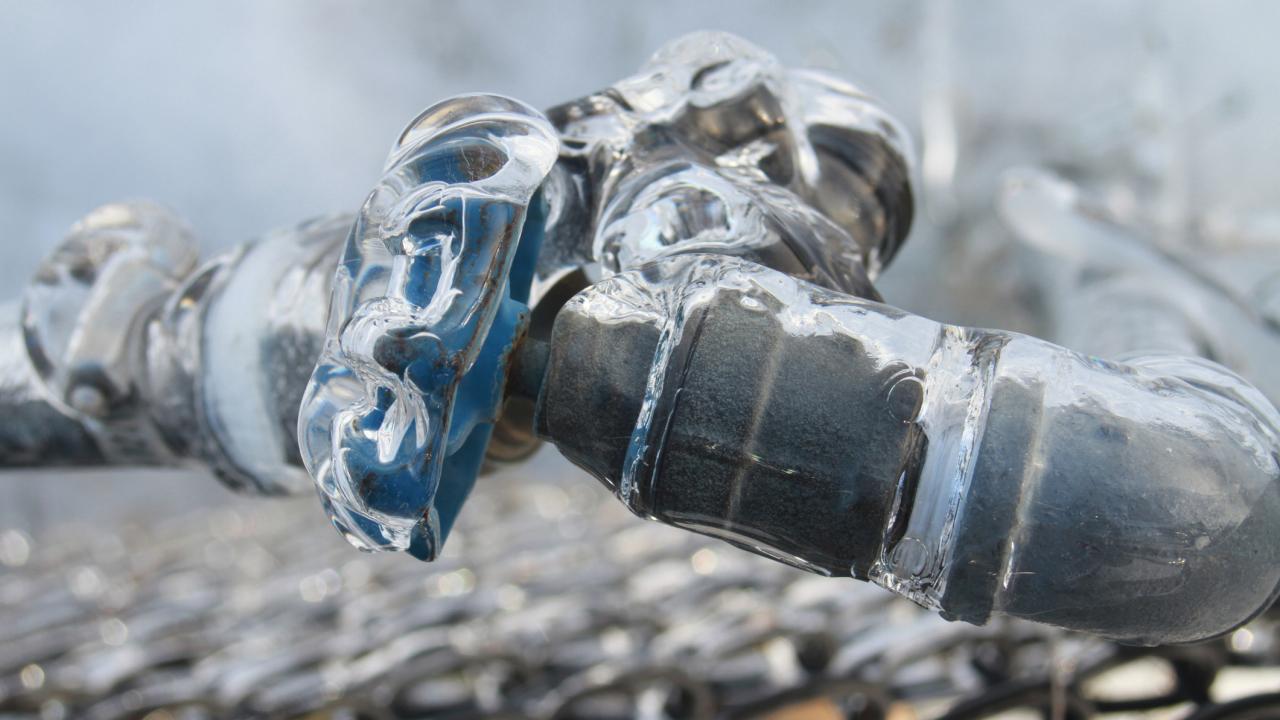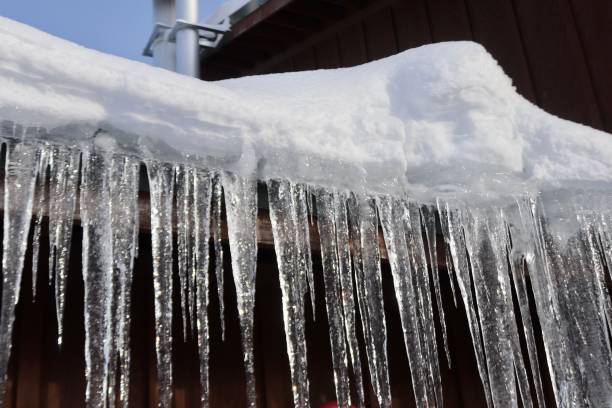This great article further down in relation to How To Avoid Freezing Pipes is absolutely enjoyable. Don't miss out on it.

Winter can wreak havoc on your pipes, specifically by freezing pipelines. Here's how to avoid it from happening and what to do if it does.
Intro
As temperature levels decrease, the threat of frozen pipes rises, possibly causing expensive repair work and water damages. Understanding how to prevent frozen pipelines is critical for house owners in cold climates.
Avoidance Tips
Protecting vulnerable pipelines
Wrap pipelines in insulation sleeves or use warm tape to safeguard them from freezing temperatures. Concentrate on pipes in unheated or exterior areas of the home.
Home heating techniques
Keep indoor rooms properly heated, especially locations with pipes. Open cabinet doors to permit cozy air to distribute around pipes under sinks.
How to determine frozen pipes
Search for decreased water flow from faucets, unusual smells or noises from pipes, and visible frost on exposed pipelines.
Long-Term Solutions
Architectural adjustments
Take into consideration rerouting pipes away from exterior wall surfaces or unheated locations. Include additional insulation to attics, cellars, and crawl spaces.
Updating insulation
Purchase high-grade insulation for pipelines, attics, and walls. Appropriate insulation assists maintain regular temperature levels and decreases the threat of icy pipes.
Shielding Outside Pipes
Yard tubes and exterior taps
Disconnect and drain pipes garden tubes prior to wintertime. Set up frost-proof faucets or cover exterior taps with insulated caps.
Recognizing Frozen Pipelines
What triggers pipelines to freeze?
Pipes ice up when exposed to temperature levels listed below 32 ° F (0 ° C) for extended durations. As water inside the pipelines ices up, it expands, putting pressure on the pipeline wall surfaces and possibly causing them to burst.
Dangers and problems
Frozen pipes can cause water disruptions, property damage, and expensive repair work. Burst pipes can flooding homes and create comprehensive structural damage.
Indicators of Frozen Piping
Recognizing icy pipes early can prevent them from breaking.
What to Do If Your Pipelines Freeze
Immediate actions to take
If you suspect frozen pipes, maintain faucets open to soothe pressure as the ice melts. Make use of a hairdryer or towels soaked in warm water to thaw pipes gradually.
Final thought
Protecting against frozen pipelines needs aggressive steps and fast reactions. By recognizing the causes, indicators, and preventive measures, house owners can protect their plumbing during winter.
5 Ways to Prevent Frozen Pipes
Drain Outdoor Faucets and Disconnect Hoses
First, close the shut-off valve that controls the flow of water in the pipe to your outdoor faucet. Then, head outside to disconnect and drain your hose and open the outdoor faucet to allow the water to completely drain out of the line. Turn off the faucet when done. Finally, head back to the shut-off valve and drain the remaining water inside the pipe into a bucket or container. Additionally, if you have a home irrigation system, you should consider hiring an expert to clear the system of water each year.
Insulate Pipes
One of the best and most cost-effective methods for preventing frozen water pipes is to wrap your pipes with insulation. This is especially important for areas in your home that aren’t exposed to heat, such as an attic. We suggest using foam sleeves, which can typically be found at your local hardware store.
Keep Heat Running at 65
Your pipes are located inside your walls, and the temperature there is much colder than the rest of the house. To prevent your pipes from freezing, The Insurance Information Institute suggests that you keep your home heated to at least 65 degrees, even when traveling. You may want to invest in smart devices that can keep an eye on the temperature in your home while you’re away.
Leave Water Dripping
Moving water — even a small trickle — can prevent ice from forming inside your pipes. When freezing temps are imminent, start a drip of water from all faucets that serve exposed pipes. Leaving a few faucets running will also help relieve pressure inside the pipes and help prevent a rupture if the water inside freezes.
Open Cupboard Doors
Warm your kitchen and bathroom pipes by opening cupboards and vanities. You should also leave your interior doors ajar to help warm air circulate evenly throughout your home.

As a serious person who reads about How To Avoid Freezing Pipes, I was thinking sharing that article post was really useful. If you enjoyed reading our page plz don't forget to pass it around. Kudos for your time. Come back soon.
Quote & Schedule